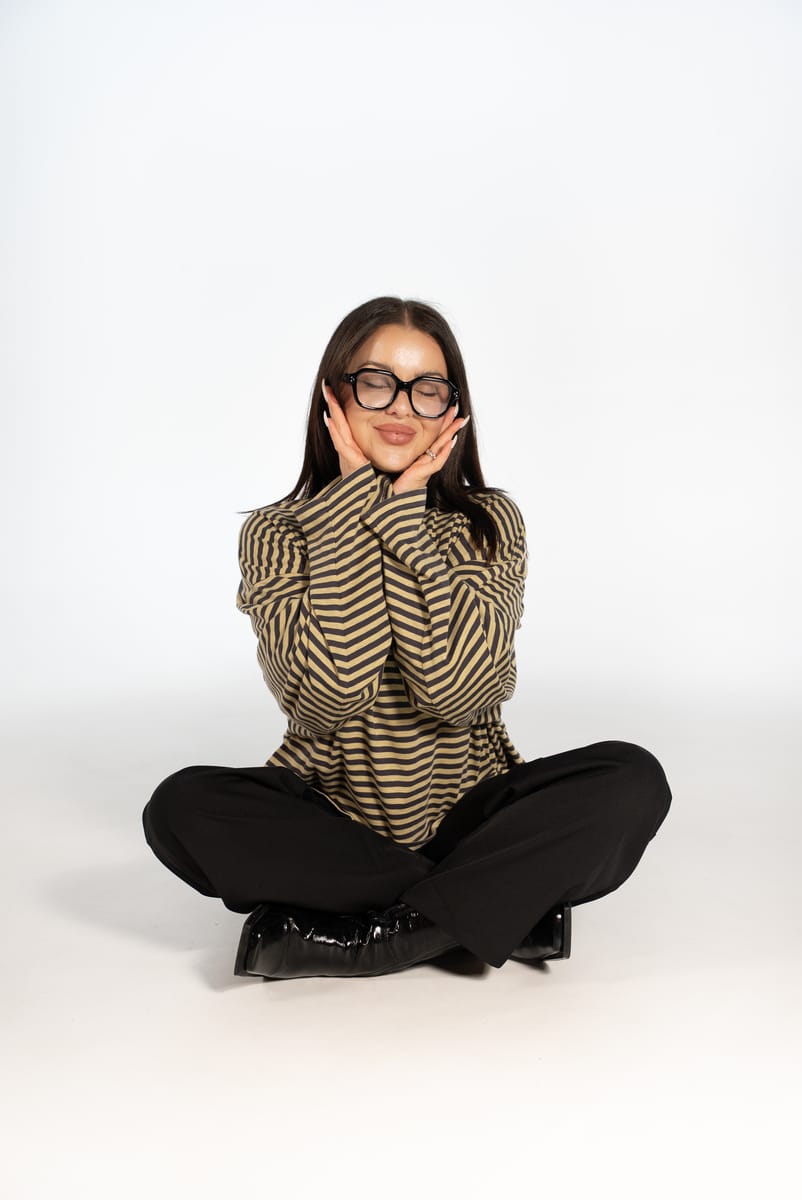
“Is AI art real art?”
That question has become the peanut butter to Twitter threads, Instagram carousel rants, and TikTok hot takes. Everyone’s got a position. Raging purist, gleeful technophile, cautiously optimistic fence-sitter. And yet, for all the noise, very little is actually being said. What it is doing is riling people up.
One camp’s clutching their paintbrushes in rage. The other’s frothing at the mouth over prompt engineering. Meanwhile, the rest of us are just trying to make it through the day without seeing another AI-generated “dark academia fairycore woodland princess” on our feed.
You can’t argue that AI-generated art is getting scary-good.
It can mimic, remix, and reframe existing styles in seconds. It’s not original in the traditional sense, but then again… what is? Art has always been a cycle of influence, rebellion, homage, and theft. That’s not new. What is new is the speed, scale, and impersonality of it.
And that’s where people start yelling.
But most of the AI art debate isn’t really about art. It’s about fear, control, identity, and, frankly, engagement. “Is AI art real art?” isn’t a question… it’s rage bait. A question engineered to spark hot takes and algorithmic reach.
Y’all. We are arguing in circles.
It’s become oddly partisan. Two camps have formed, as always. One sees AI as the end of creativity, a soulless machine flattening human expression. The other sees it as the ultimate tool, a glowing muse on steroids, democratising creation. Both have valid points. Both often talk past each other. Neither is solving the real problem.
Debating the ethics of art is equally useless and powerful.
It’s useless when it becomes performative, a surface-level squabble over aesthetics and authorship with no room for nuance. But it’s powerful when it reflects the true, messy tension between humans and the systems we create.
That’s the real debate, isn't it? It's not “is this art?” but “who controls the narrative?” Every generation of artists has faced this. Photography was once seen as the death of painting. Digital tools were “cheating.” Even Duchamp’s urinal shattered the idea of what counts as “art.” So here we are again… with another counter-manifesto.
Art, at its core, is about the individual.
It's about how a person sees, processes, and transforms the world into something that speaks. The problem is, we keep trying to label and box that individuality into categories: real vs. fake, human vs. machine, authentic vs. derivative.
And while labels can be helpful for critique, they’re also sooo easily weaponised. They become tools to gatekeep, monetise, or dismiss. “AI Art” becomes a bogeyman. “Real Artist” becomes a brand. But what happens when both labels collapse under the weight of nuance?
We often forget that no medium exists in a vacuum. AI is shaped by the internet, trained on the same content loops we scroll through daily. And we, in turn, are shaped by the platforms we use.
The real question isn’t even about AI at all.
The deeper question isn’t is AI art valid? It’s: “what kind of world are we making through our conversations about art?” Are we creating space for new voices, new forms, and new rules? Or are we just re-enacting the same old tired debates in a faster, flashier format?
AI isn’t the enemy of art. But the way we talk about it might be. Because no amount of content, machine-made or human-crafted, will mean anything if we lose the ability to hold meaningful, messy, unresolved conversations.
And maybe, just maybe, the real art is learning how to argue better.
-Sophie Randell, Writer
Not going viral yet?
We get it. Creating content that does numbers is harder than it looks. But doing those big numbers is the fastest way to grow your brand. So if you’re tired of throwing sh*t at the wall and seeing what sticks, you’re in luck. Because making our clients go viral is kinda what we do every single day.
